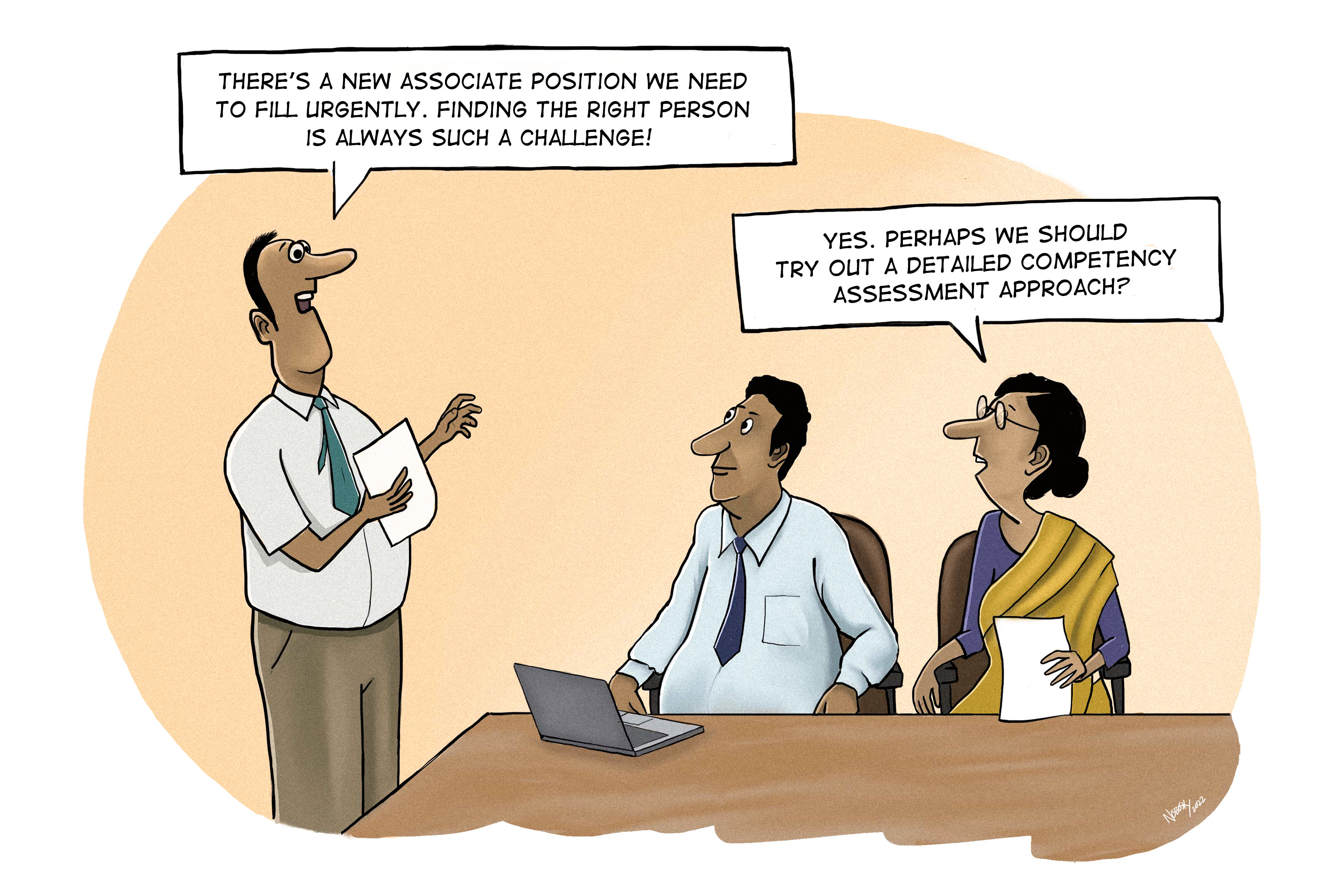Designing quality assessments is key to an organisation’s success
“People are our greatest asset”
“A car is only as fast as its driver”
Truisms such as these are commonly heard in workplaces across the world, to drive home the value of placing people at the forefront of innovations, policies and ideas. Successful CEOs and heads of organisations firmly believe that strategies are only as good as the people who work on them.
Which brings to fore a fundamental question. How do we know if a person is a good (or even great) fit for the role or the job that they have been assigned?
Assessments are the easiest, most foolproof method to measure an individual’s competency. When done correctly, they achieve many purposes – measuring progress, skills and knowledge, indicating level of proficiency, supporting teaching and learning, providing information about learners, coaches and teachers, serving as an accountability medium and even acting as a selection and certification agency. Assessments of employees – whether current or prospective – is a global practice, no matter the field. They have a profound impact on both, the person receiving them, and the task at hand.
One of the most effective ways of crafting assessments is to keep competencies at their core. The competency assessment movement has come a long way since 1973, when late American psychologist David McClelland had argued that competency assessments should be developed as an alternative to academic-type intelligence testing. He felt that the latter failed to account for successful performance, especially in high-level executive positions. This was backed up in a study conducted by Winter, McClelland and Stewart in 1981 (A new case for the liberal arts: Assessing institutional goals and student development. San Francisco: Jossey-Bass) which found that the competencies acquired by students in a top liberal arts college predicted later occupational success.
Indian governance and competencies
There’s significant value in bringing a competency assessment approach in Indian governance. It’s common knowledge that public officials are frequently transferred and often, to positions they may not have prior experience in. In addition, most organisations do not have a detailed induction programme that would enable these officials to get settled in their roles. Not only are they expected to fit in quickly (with available files, documents and reports as assistance), but also function and produce results at the same pace as the previous occupant of that position.
In this context, if an official is given what the expectations from the role are, what roles need to be performed, how (for example, using Work Allocation Orders) and what knowledge resources and competencies may be required to accomplish these, the entire process would become easy and intuitive. Subsequently, an assessment would help the official ascertain their current state of readiness, and the preparation required to be successful in the role.
With Mission Karmayogi, the Department of Personnel and Training (DoPT) is providing an opportunity to all civil servants to effectively build competencies – which will not only help them deliver in their current roles, but also plan their future careers. Its solutioning space iGOT Karmayogi has been envisaged as an intelligent, dynamic platform that enables unrestricted, user-led interaction among officers, their coaches, supervisors, and providers of competency building products (CBPs). Assessing the efficiency and impact of these interactions therefore becomes imperative.
On iGOT, learning is gauged by assessing the competencies gained by officials. There are three categories of competencies – behavioural, domain and functional – and each of them will have different assessment methods or a combination. By providing a range of assessments, the platform aims to become self-correcting and provide improvement recommendations to all stakeholders interacting with each other.
The primary interaction on the iGOT platform is the consumption (by learners on the Learning Hub) of the various CBPs (by different providers). These providers may be academic institutions, central and state training institutes, assessment and education companies, institutions, expert groups and even individual experts. Learners also interact with one another through the other hubs.
The quality of these interactions is what will set the platform apart from other solutioning spaces. And this quality can be produced only when these interactions and their results are evaluated constantly and feedback factored in over a period. These evaluations will be conducted on/ through the platform. While some of these can be generated by the interplay of the data from the platform, others may need to be provided for by expert agencies. Some of these assessments include the following.
Thus, assessments and dynamic support analytics are important to sustain and grow the raison d’être of iGOT Karmayogi. This will also prevent it from regressing into being a static learning management system (LMS), and ensure that officials in the government are on a lifelong learning path – one that is tailored according to their needs and experiences.



Add new comment